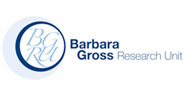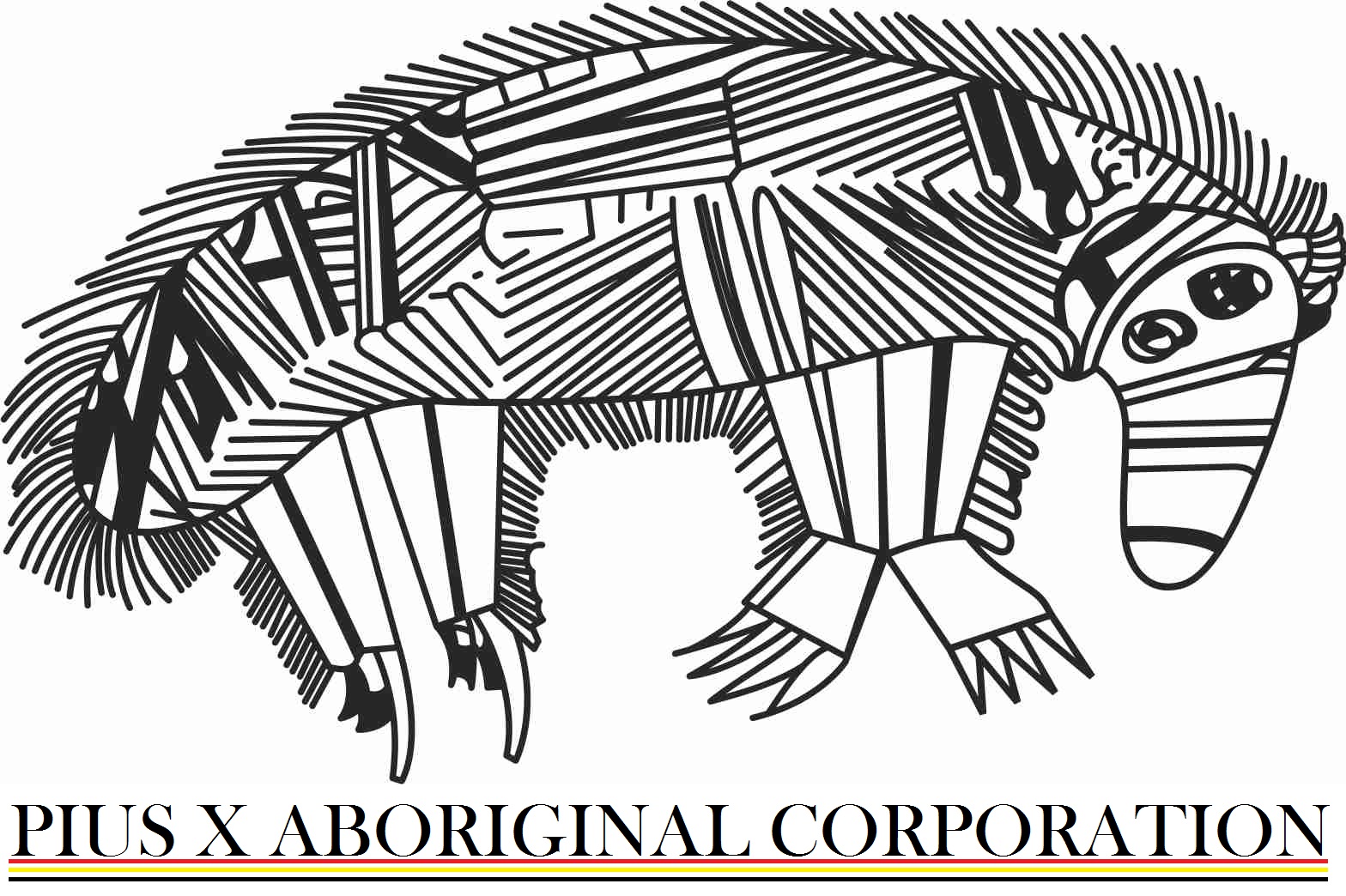
1300 722 206
Contact Us
Reassuringly, there is treatment for this condition and at WHRIA we have developed targeted treatment protocols and use a multidisciplinary team approach to manage this condition.
Common causes for vulvar pain include:
However, in many cases the problem may be multifactorial or the specific cause may be difficult to identify.
Management is focused on:
Commonly used terms to describe vulvar pain are:
Previously known as Vestibulitis.
Pain or discomfort (stinging, burning or ‘inflammation’) in the ‘vestibule’ area of the vulva and vagina. This is where the skin of the vulva (the outside genital skin) meets with the inside skin of the vagina. This very sensitive skin includes the skin surrounding the vaginal entrance and the urethra (where urine passes out). The area contains glands (Bartholin’s and vestibular) which are responsible for lubrication in the area.
Approximately 15% of women have this condition.
Symptoms include:
In some cases we are able to identify a trigger.
These may include:
In many cases there is no identifiable trigger and the symptoms develop for no obvious reason.
It is essential to take a thorough history and discuss the nature of the symptoms, the timing of onset and identify any treatable conditions. It is also important to find out what treatments have already been trialed, which were successful and those that weren’t or exacerbated the condition. The impact of the condition on lifestyle and relationships also needs to be appreciated.
Examination involves looking at the area (inspecting for any evidence of infection, dermatological conditions or trauma). The area often has a specific red appearance, but may look normal. The sensitivity of the skin in the area is assessed with a cotton tip swab. The muscles in the area are also assessed with regard to tone and bulk. A speculum examination is sometimes performed. The examination is often tailored to the specific needs and the ability of the individual to tolerate the examination.
At WHRIA we have an experienced multidisciplinary team, consisting of a Gynaecologist, Physiotherapist and Psychologist. Acupuncture and Osteopathy may be a useful adjunct for any musculoskeletal pain.
The aims of treatment are:
In most cases the symptoms will improve, but it does require patience and education about the condition.
Useful Website:
If you have a specific enquiry for our WHRIA specialists
Click HerePain or chronic vulvar discomfort (burning, stinging, ‘irritation’) that affects the vulva. The vulvar region is the area extending from the skin over the pubic bone at the front to the skin in front of the anus. It is bordered by the inner thighs.
This condition may affect women of any age, but often women 40 years and older.
Vulvodynia has previously been classified as such:
The following information is focused on Generalised Unprovoked Vulvodynia.
It is often an ongoing spontaneous pain or discomfort (e.g. burning) affecting a large part of the vulva. It may also occur with sitting, bike riding or sexual intercourse. The symptoms are often worse at the end of the day.
The cause is unknown. Some theories suggest that the nerve system supplying the vulvar area is abnormal, resulting in increased pain messages being sent or felt by the brain.
There may be a history of problems with the pelvic musculoskeletal system, previous trauma to the area or pudendal nerve entrapment.
The Diagnosis and Treatment is similar to that of Vestibulodynia.
In addition extra investigations to exclude pudendal nerve entrapment may be performed if suggested by the clinical history or examination.
If you’d like more information you can view this Conversation article ‘Does your vulva hurt? You could have vulvodynia’ written by Jane Chalmers & Lorimer Moseley or browse our Health Information page.
If you have a specific enquiry for our WHRIA specialists
Click Here








© 2025 Women's Health & Research Institute of Australia. Privacy Policy | Terms of Use | Website by Phil Kurth